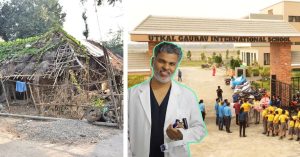How an Auto Driver Inspired a 68-YO To Send 400 Underprivileged Kids to School
Seema Seth started Nayi Disha, an NGO that provides education to underprivileged children in Gurugram, transforming their lives. And it all started with an auto driver!

“Nayi Disha gave me a new direction,” Bappan Das tells me. It is a Saturday morning, a good time to call him, I think. But Bappan has a busy day ahead. “I am about to start my Class 11 exams,” he tells me. “Next year I will be in Class 12.”
He sounds excited at the feat, and he should be.
The journey that Bappan goes on to narrate confirms my belief that education was once a distant dream for this young boy. “When I was nine months old, my parents and I came to Gurugram from West Bengal. I never went to school until I was eight years old,” he says.
His narratives illustrate the division of his life into two phases — early childhood memories characterised by struggle, and a happier period after he turned eight.
After moving to Gurugram, Bappan started attending classes at the Nayi Disha NGO — started in 2014 by Seema Seth — right near the slum cluster where he lived with his parents in Harijan Basti in DLF Phase V, Gurugram. “We learnt so many subjects,” he tells me excitedly. “Seema ma’am would take us everywhere! We would play, study, and have fun.”
Though currently a student at the VIDYA NIOS in Gurugram, Bappan shares that the foundation of his educational pursuits was laid at Nayi Disha. From a young boy disinterested in education to now an adolescent who harbours dreams of becoming an engineer someday, Bappan’s story makes Seema smile, and watching him scale makes her feel very proud.
This is just one example of how diligence can change a life. “You know, I never imagined doing this,” Seema is modest.
But I must admit as she chronicles her journey from an HR professional with 30 years under her belt, to now at the helm of creating a change in the lives of underprivileged kids, I am intrigued at what point one path segued into the other.
“It all started the day I had a conversation with a rickshaw driver,” she responds.
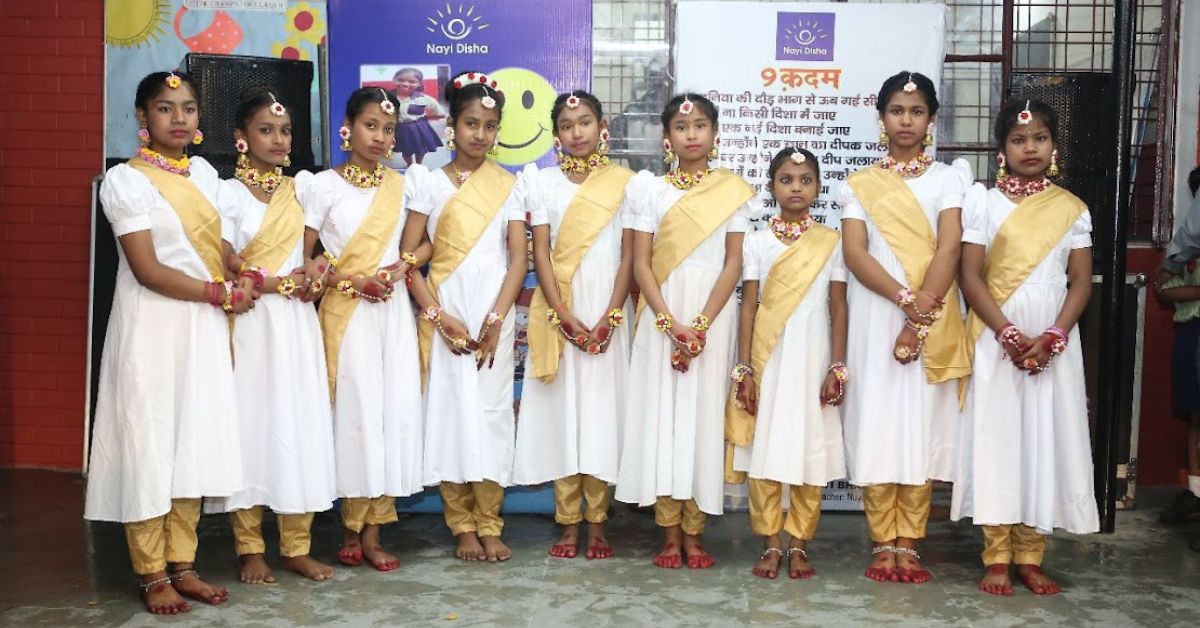
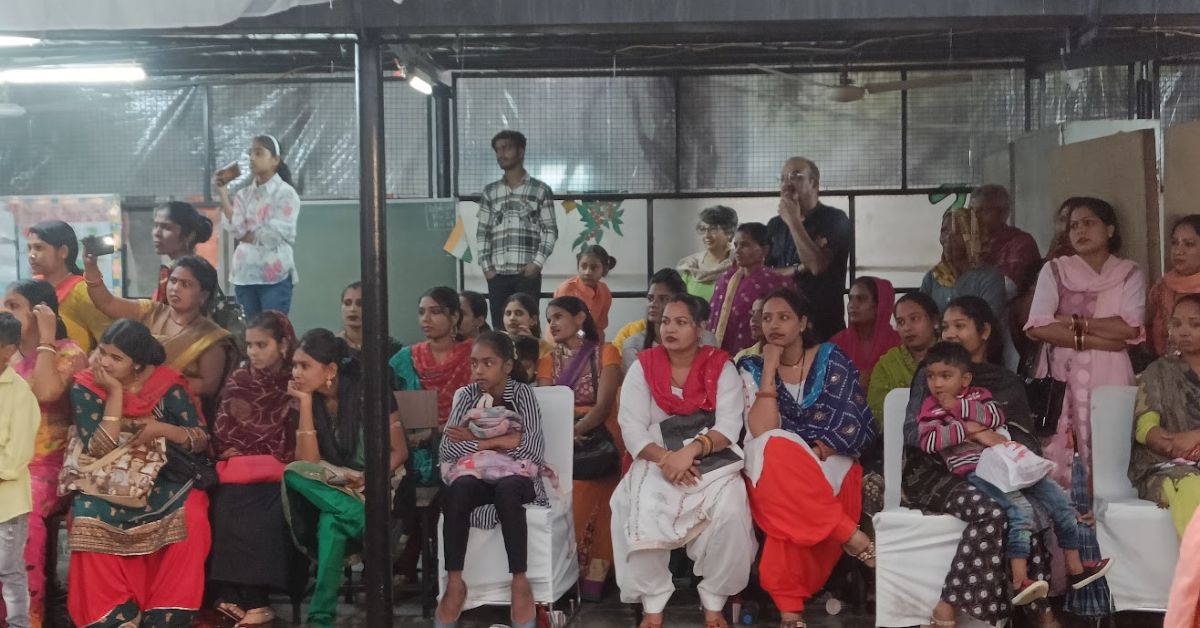
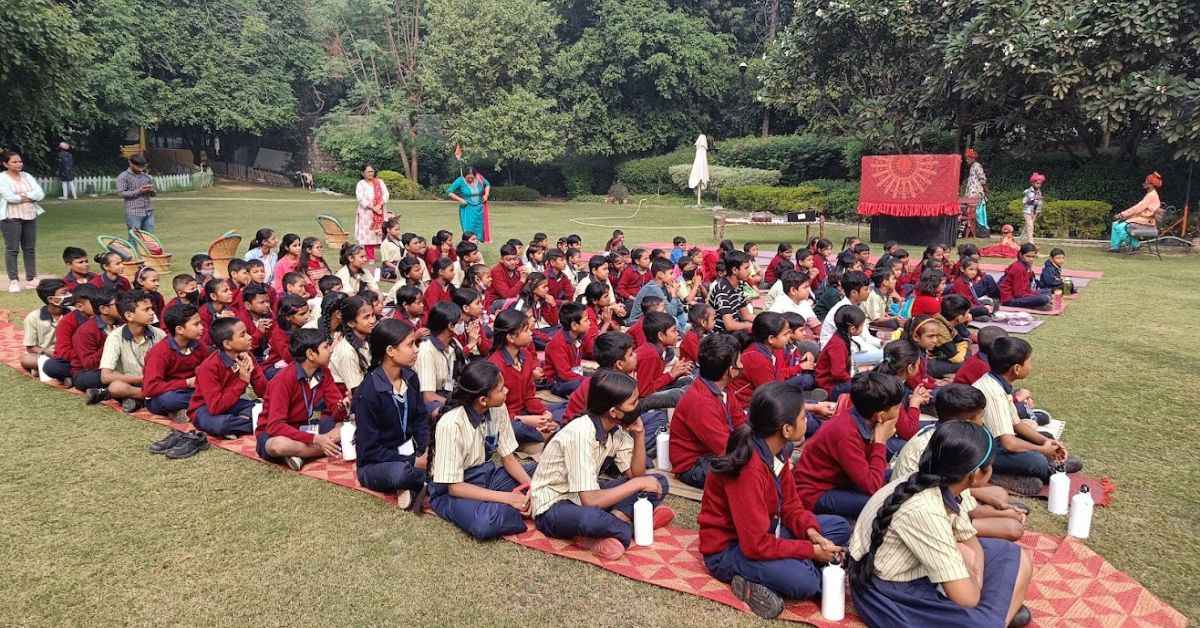
‘Ma’am aap school khol do’
In 2013, Seema, who is now in her late sixties, had had enough of the corporate world. She quit.
But come evening, every day, she would hail an auto to the Government school in Sikanderpur where she would spend the next few hours teaching English to the primary section. “It was something that I was deeply passionate about. While I was working, many a time I would take time off my training assignments to teach here,” she shares.
It was more often than not the same rickshaw driver who would ferry her to and fro from the school. And one day he broke the ice.
“Do you charge to teach the students here?” Mahendra asked her.
“No, I do it for free,” she replied.
“I live in Harijan Colony where there are many children who loiter around,” he explained. “Their parents are maids, drivers, and grocers. They leave for work in the morning and return late in the evening. Ma’am aap waha school khol do (Ma’am open a school there).”
Seema was intrigued.
“Well, if you manage to find me a space to teach, I will,” she said. And within a couple of weeks, Mahendra did exactly that.
Thus started Nayi Disha on 19 March, 2014, in an old warehouse in the middle of the Harijan Colony with 35 children. Since its inception, the NGO and Seema have attempted to create a linkage for these underprivileged kids into mainstream schooling by providing them with the academic foundation they need.
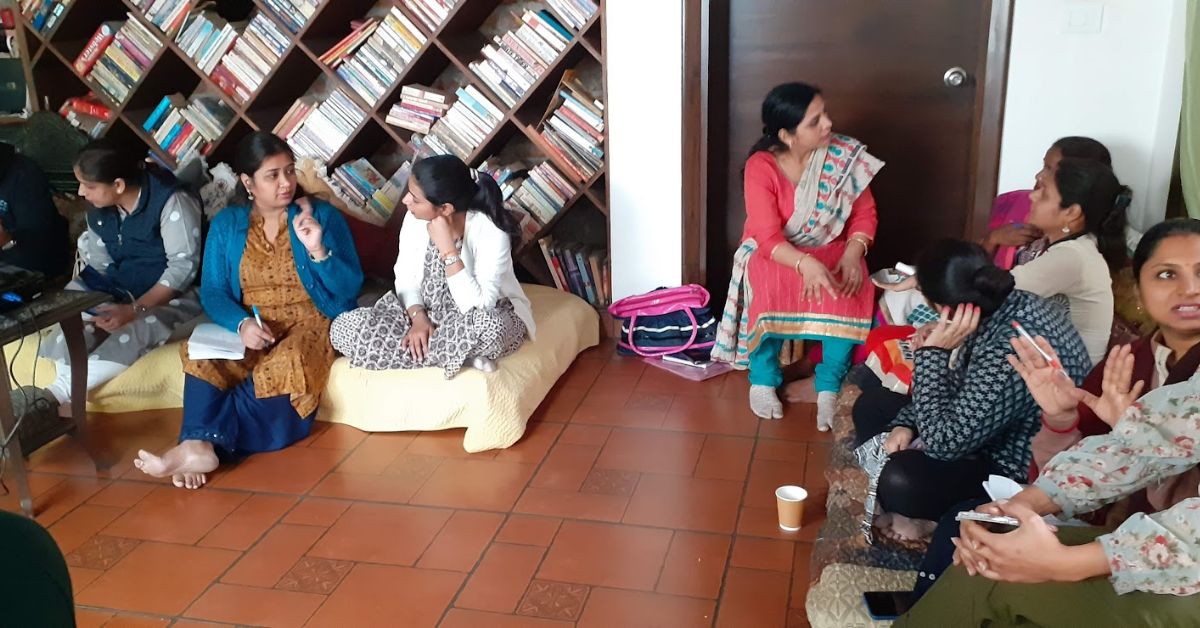
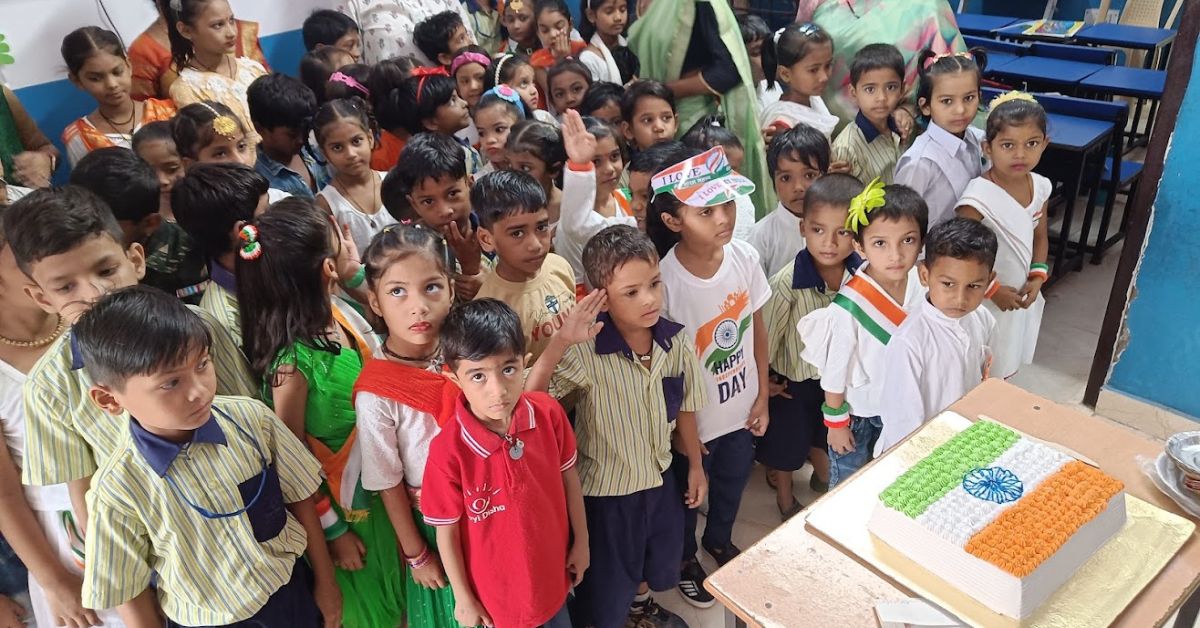
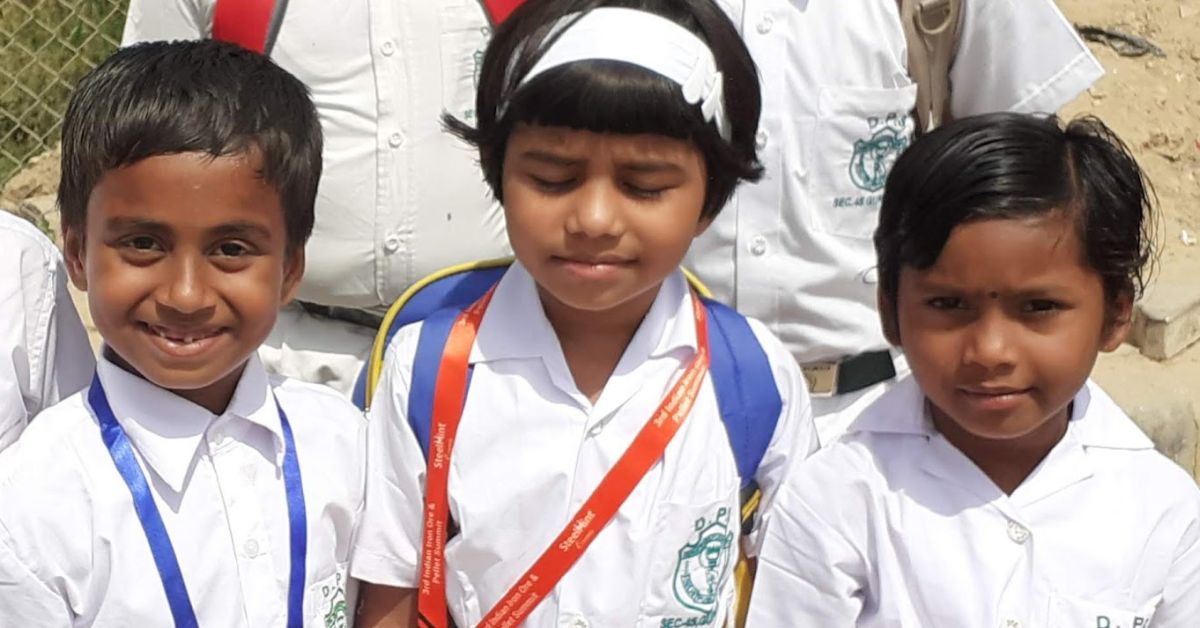
Transforming kids’ lives in real-time
The effect of time is evident in the dreams of Nayi Disha. What started as a handful of kids being taught English in a small room in the basti has now scaled to over 100 kids spread across eight rooms learning a variety of subjects — English, Hindi, mathematics, environmental science, art, computers and theatre.
More astounding than the children’s participation has been the support of the parents, notes Seema. “They have begun to see an improvement in their children,” she says, adding that this realisation deepened during the lockdown that ensued amid the COVID pandemic.
“Because of online classes, it so happened that parents were at home while the kids were learning. We would send them activities and worksheets to solve. The parents ended up learning a lot in the bargain,” she chuckles.
At the end of the lockdown, the entire basti knew the days of the week, months of the year, and multiplication tables on the tips of their fingers.
“The parents got to see how much value we are adding to the children’s lives. They realised that their children actually study at Nayi Disha and that there are people who are spending dedicated time with them,” she shares.
This change in mindset is refreshing. The parents’ new view of the NGO as a space of learning, in contrast to seeing it as a creche, is a win according to Seema.
School is freedom for these children. Right from the 9 am assembly and the circle time — where they share their observations about the weather, talk about their day and express themselves — to the chatter at the mid-day meal distribution and English classes that are conducted by volunteer students from colleges across Gurugram, each moment is a celebration of learning.
But, the kids love theatre sessions the most.
“It makes them confident and outgoing. It encourages them to speak up,” she explains. “This is great because we noticed that a lot of them are shy and reluctant to speak.”
But at 1.30 pm when the kids file to go back home, brighter than the smile on any of their faces, is the one on their teacher’s face.
Nisha, who has been with Nayi Disha since it started, is Seema’s rock. “Seema ma’am was looking for a teacher and someone put me in touch with her. Since the start, I have been teaching these children many subjects and have watched these children grow. I remember them being unruly, but with time, we taught them etiquette and manners along with other subjects. They have picked these things up well,” says Nisha.

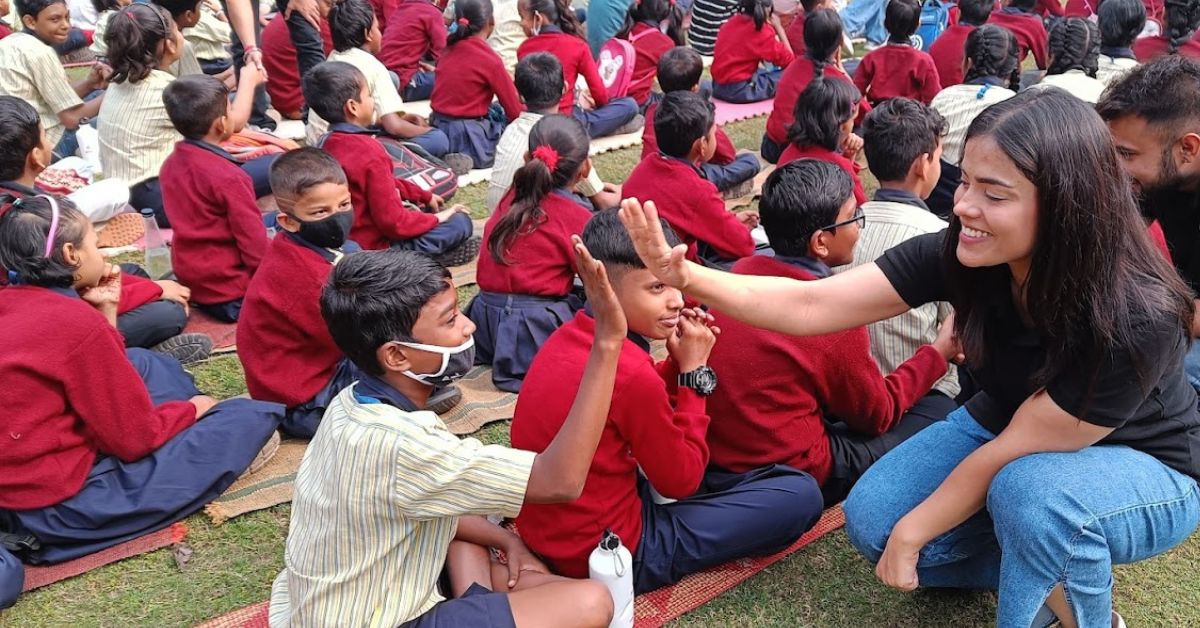

Keeping abreast with the times
For 10 years now, the eight rooms have been bustling with students’ chatter, laughter, and cheer. However, the success of the model is overshadowed by the challenge of retention of the kids.
Elaborating, Seema says, “The people who live in these slum clusters have their roots in remote villages of India. So, at the drop of a hat they leave for the village — sometimes because someone is getting married, other times because they are building a home there, or they need to tend to their fields.”
She adds, “The children miss months of school and then come back blank.”
This creates a dilemma for Seema and the team of 12 teachers about whether to take the children back or not. “If we don’t take them back, we will be encouraging them to be loitering around. If we take them back, we will have to put in an extra amount of effort into teaching them the same concepts again,” she shares.
But Seema always chooses the latter.
With the popularity that Nayi Disha gained through the years, she started another outlet at Indira Colony with five rooms. Currently, 65 students study there.
Once students reach Class 5, they must take an entrance test that will give them entry into one of the public schools under NIOS. Those who clear the entrance are admitted into schools — such as Delhi Public School, Shiksha Kendra, SRF Vidyalaya and Lotus Petal Foundation.

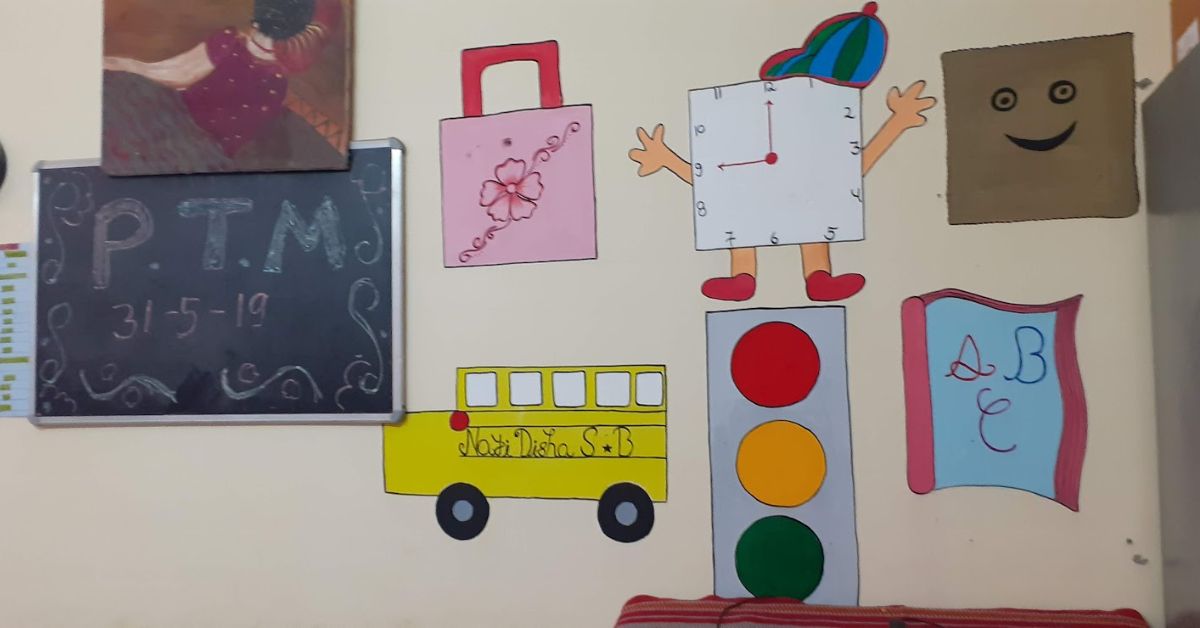
“The students are being trained in the NCERT curriculum even while they are at Nayi Disha,” she emphasises.
She adds that teacher trainings are conducted once a month to check if the syllabus is being followed, and to understand any challenges the teachers are facing. “There is also a parent-teacher meeting on the last Saturday of every month.”
Coming by funding to keep Nayi Disha going is a challenge. But, not for Seema. “I’ve become a believer that there’s somebody in the universe who’s always listening to my thoughts. Whenever I think of something which is for the children, it always ends up working out,” she shares.
Circling back to the story of Mahendra — the auto driver because of whose request the plan was set into motion — Seema says it was destiny. “Mahendra had lost his parents in the 1999 floods of Odisha and had come to Delhi as an orphan. He’d always wanted to study but never had the chance. Coaxing me to start a school for kids in slum clusters was his way of making sure he could play a role in someone else’s dream coming true.” If you found our stories insightful, informative, or even just enjoyable, we invite you to consider making a voluntary payment to support the work we do at The Better India. Your contribution helps us continue producing quality content that educates, inspires, and drives positive change. Choose one of the payment options below for your contribution- By paying for the stories you value, you directly contribute to sustaining our efforts focused on making a difference in the world. Together, let’s ensure that impactful stories continue to be told and shared, enriching lives and communities alike. Thank you for your support. Here are some frequently asked questions you might find helpful to know why you are contributing?

And today, Nayi Disha is the missing piece of the puzzle.
Edited by Pranita Bhat
This story made me
-
97
-
121
-
89
-
167







